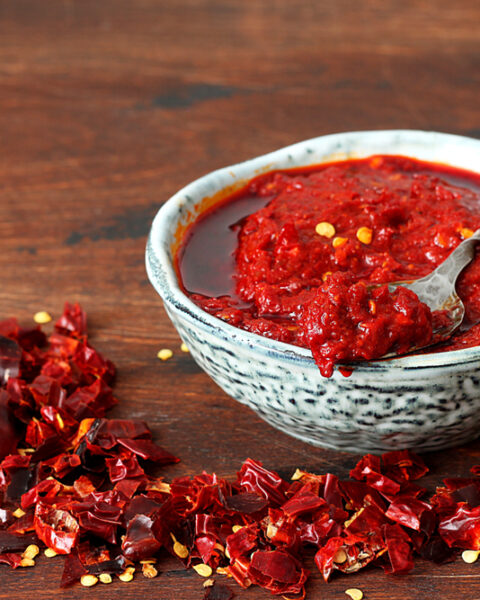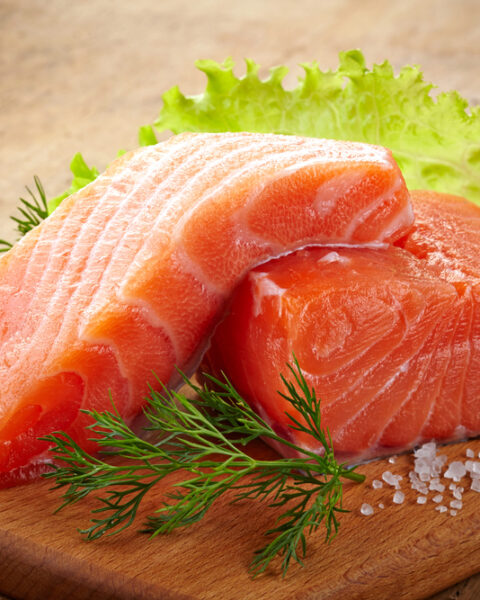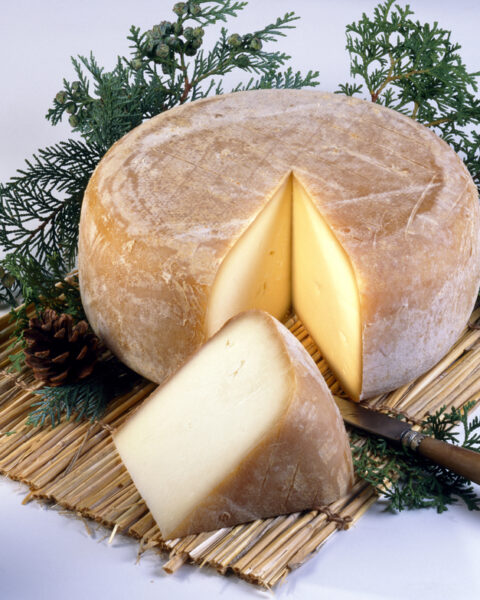Even the best recipes can fall flat if you make some seemingly minor mistakes in the kitchen. From misjudging cooking times to using the wrong spices, these errors can drastically alter the taste of your dish. Knowing what to watch out for can help you maintain the intended flavors and avoid any culinary disasters. Here are the most common recipe mistakes that can completely throw off your meal’s flavor.
Contents
- 1 Using Stale Spices
- 2 Overcrowding the Pan
- 3 Not Tasting as You Cook
- 4 Using the Wrong Cooking Oil
- 5 Not Letting Meat Rest
- 6 Using Pre-Ground Pepper
- 7 Ignoring Ingredient Temperatures
- 8 Overcooking Garlic
- 9 Not Deglazing the Pan
- 10 Using the Wrong Salt
- 11 Not Preheating the Oven
- 12 Underseasoning Your Food
- 13 Skipping the Marinade
- 14 More From RetailShout
- 15 28 Tasty and Budget-Friendly Meals for Large Families
- 16 23 Healthy Freezer Meals to Make in Advance
Using Stale Spices
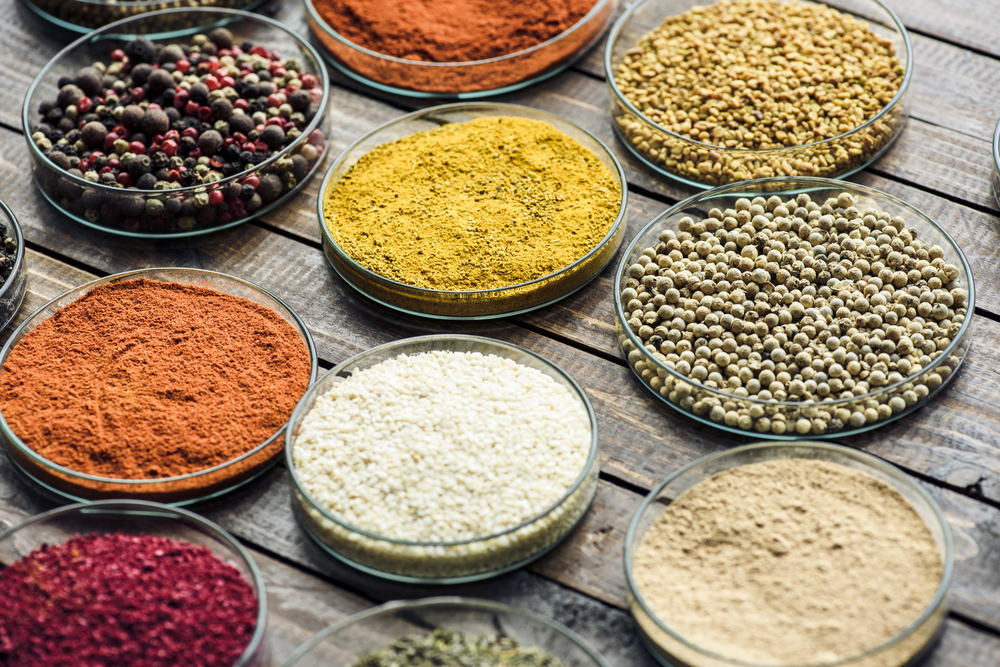
Stale spices can significantly dull the flavor of your dish. Over time, spices lose their potency, leaving your meal tasting flat and unexciting. Always check the freshness of your spices before using them and replace them regularly to keep your dishes vibrant. Fresh spices can make a world of difference in the overall taste of your food.
Overcrowding the Pan
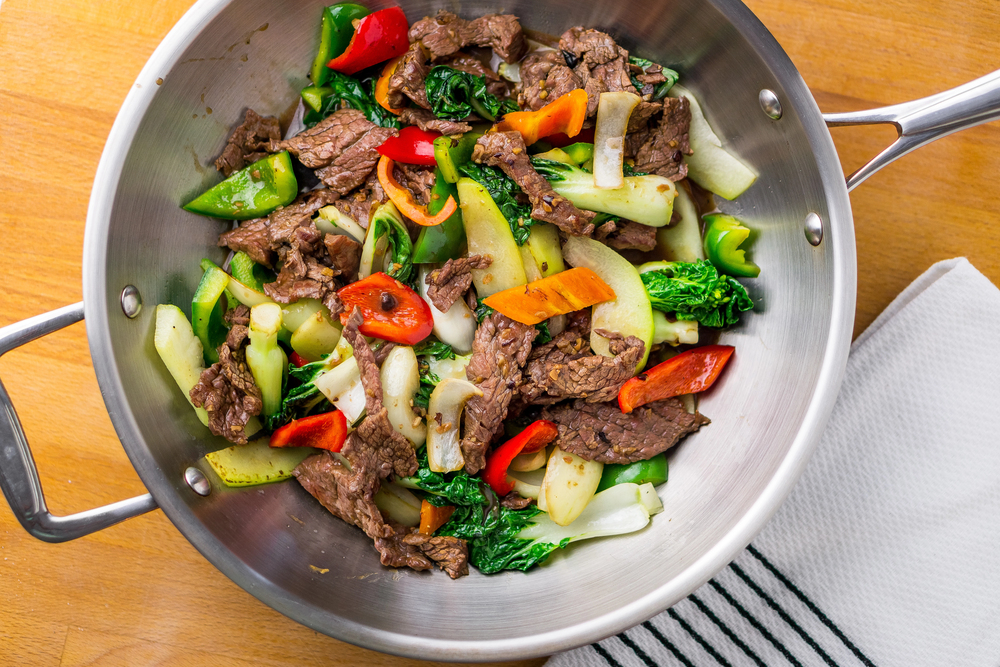
Overcrowding the pan can cause food to steam instead of searing, which prevents proper caramelization. This lack of caramelization can lead to a bland and less flavorful dish. To ensure even cooking and rich flavors, give your ingredients plenty of space in the pan. It might take longer to cook in batches, but the enhanced flavor is well worth the extra time.
Not Tasting as You Cook
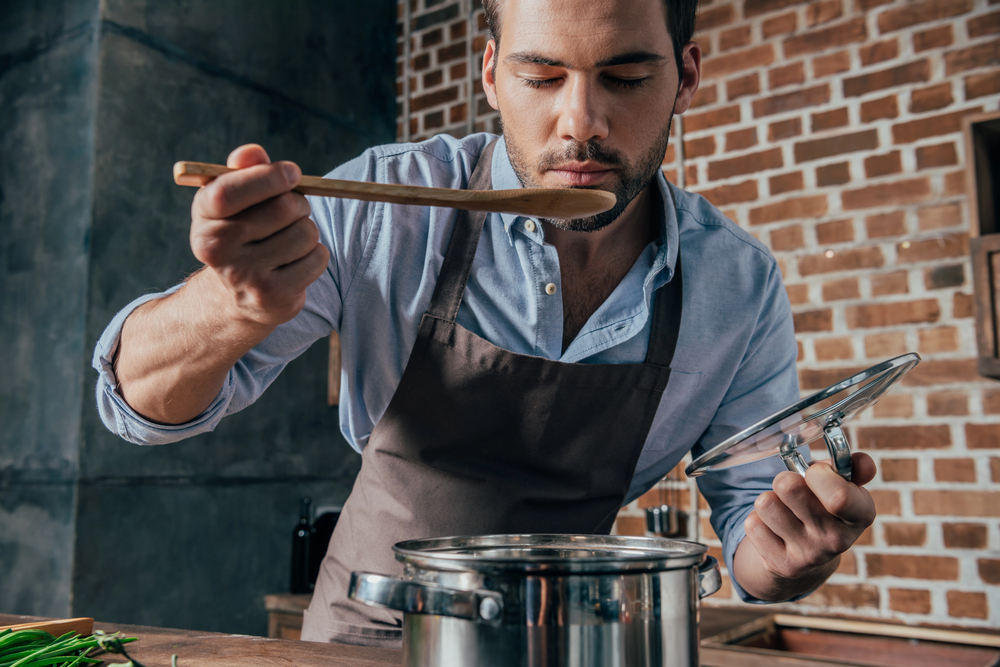
Failing to taste your food as you cook can result in an unbalanced dish. It’s important to taste at different stages to adjust seasoning and ensure the flavors are developing as intended. This simple habit helps you catch any issues early on, allowing you to make necessary tweaks. By tasting as you go, you can avoid serving a meal that’s too salty, too bland, or off in some other way.
Using the Wrong Cooking Oil
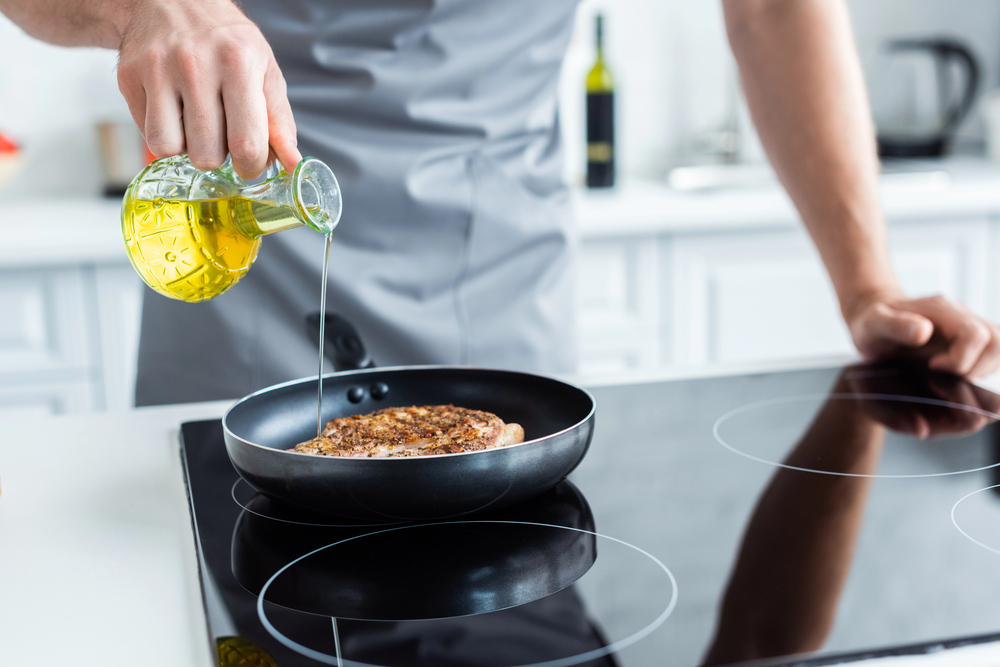
The type of cooking oil you use can dramatically impact the flavor of your dish. Some oils have a strong taste that can overpower other ingredients, while others may not hold up well to high heat. Choosing the right oil for your recipe ensures that it complements the flavors rather than detracting from them. Always consider the flavor profile and heat tolerance of the oil before adding it to your pan.
Not Letting Meat Rest
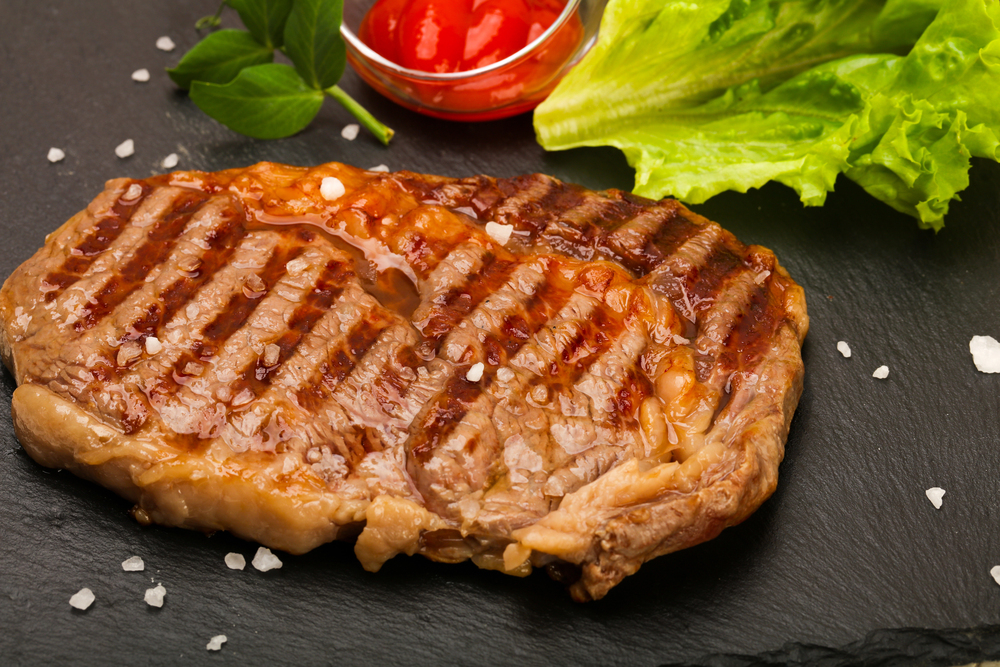
Cutting into meat immediately after cooking can cause all the juices to run out, leaving it dry and less flavorful. Letting meat rest allows the juices to redistribute, making the meat more tender and flavorful. A few minutes of patience can result in a juicier, more satisfying dish. Resting is a simple but crucial step for any meat-based recipe.
Using Pre-Ground Pepper
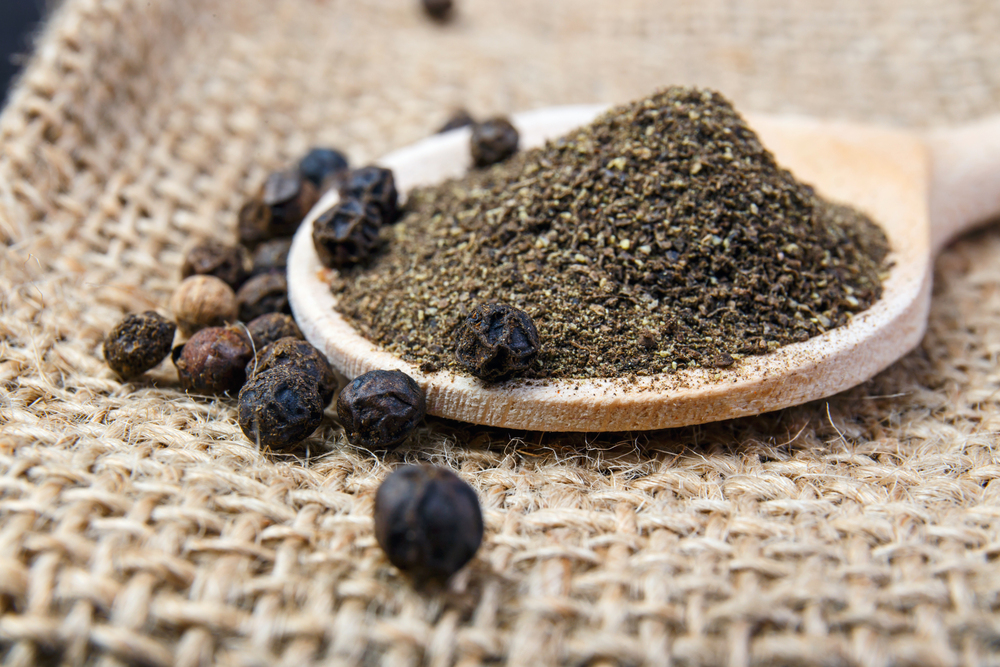
Pre-ground pepper loses its flavor quickly, resulting in a less vibrant taste in your dishes. Freshly ground pepper, on the other hand, has a much more robust flavor and can elevate the taste of your meal. Investing in a pepper grinder and using whole peppercorns can make a noticeable difference. The fresh burst of spice will add depth and complexity to your dishes.
Ignoring Ingredient Temperatures

Using ingredients straight from the fridge when they should be at room temperature can affect how they cook and taste. Cold ingredients may not blend or cook evenly, leading to a less cohesive dish. Bringing items like butter, eggs, and meat to room temperature before using them can enhance the texture and flavor of your dish. It’s a small step that can have a big impact on the final result.
Overcooking Garlic
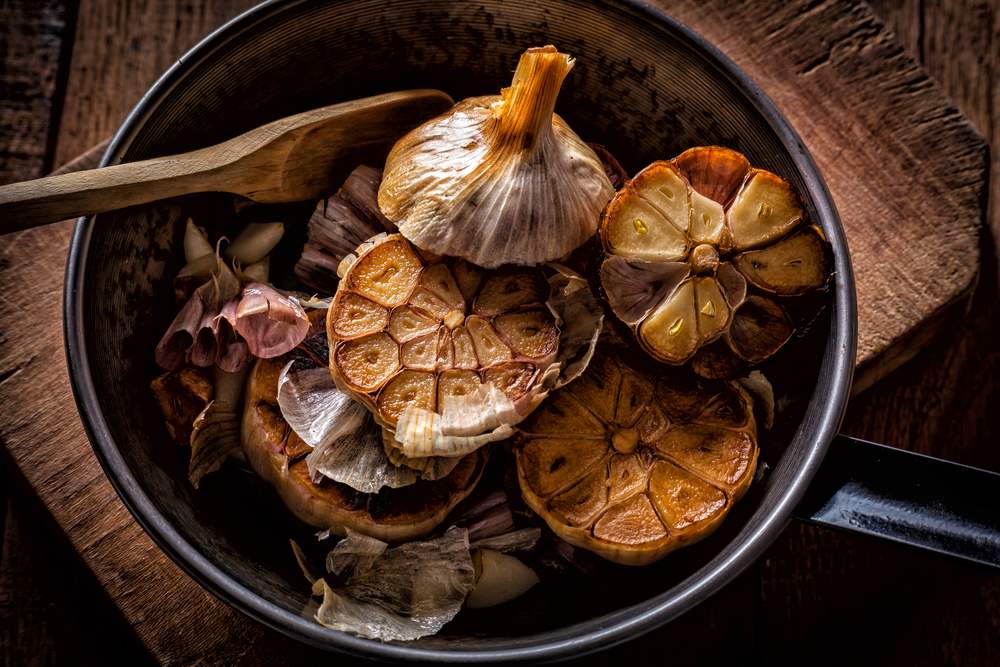
Overcooking garlic can turn it bitter and ruin the overall flavor of your dish. Garlic should be cooked until just fragrant and golden, not browned. Keeping an eye on the garlic as it cooks can prevent it from burning and ensures it adds the right amount of flavor to your dish. A little attention goes a long way in preserving the delicate taste of garlic.
Not Deglazing the Pan
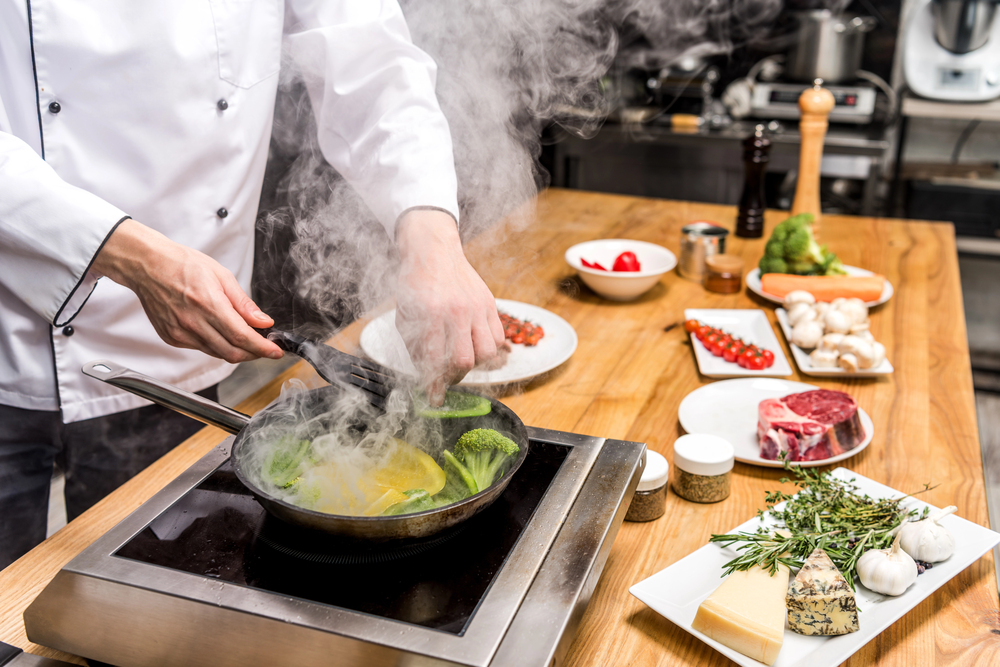
Skipping the step of deglazing your pan means missing out on all the flavorful bits stuck to the bottom. Deglazing helps incorporate those caramelized bits into your sauce, adding depth and richness to your dish. A simple splash of wine, broth, or even water can release these flavors and enhance your meal. Don’t overlook this easy way to boost the taste of your dish.
Using the Wrong Salt
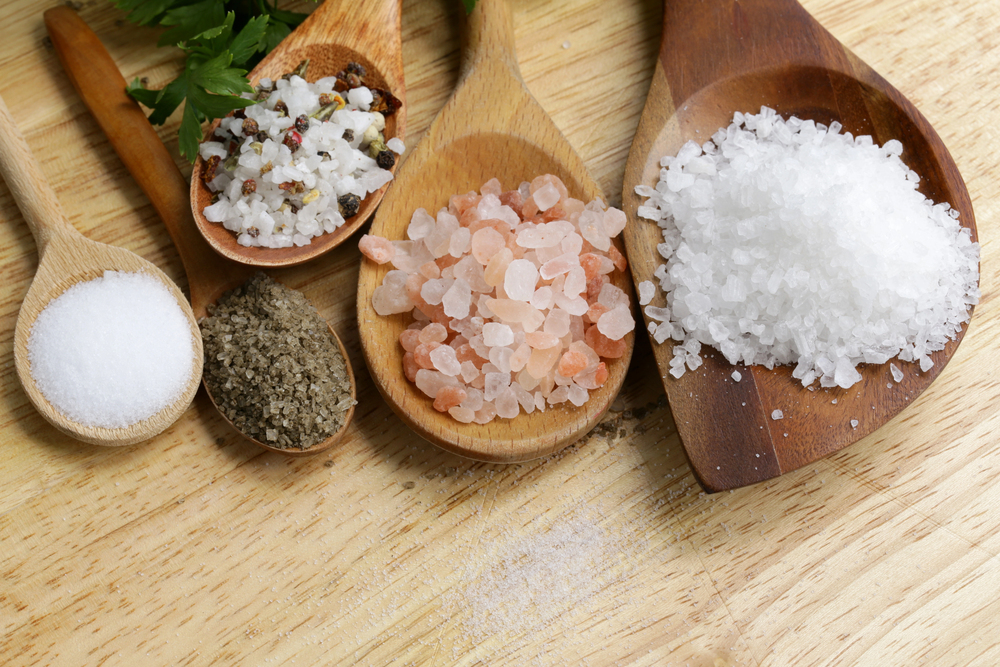
Not all salts are created equal, and using the wrong type can throw off the balance of your dish. Some salts are saltier than others, and using the wrong kind can result in a dish that’s too salty or not salty enough. Understanding the differences between table salt, kosher salt, and sea salt can help you season your food correctly. Always measure carefully and adjust based on the salt you’re using.
Not Preheating the Oven

Putting food into an oven that hasn’t been properly preheated can lead to uneven cooking. This can result in a dish that’s overcooked in some areas and undercooked in others, affecting both texture and flavor. Preheating the oven ensures that your food starts cooking at the right temperature from the beginning. It’s an easy step that can make a big difference in the final result.
Underseasoning Your Food

Underseasoning is a common mistake that can leave your dish tasting flat and dull. Salt is a key ingredient that enhances the natural flavors of your food, so it’s important to use it correctly. Season your food in layers as you cook, rather than all at once, to build depth of flavor. Proper seasoning can be the difference between a dish that’s good and one that’s truly delicious.
Skipping the Marinade
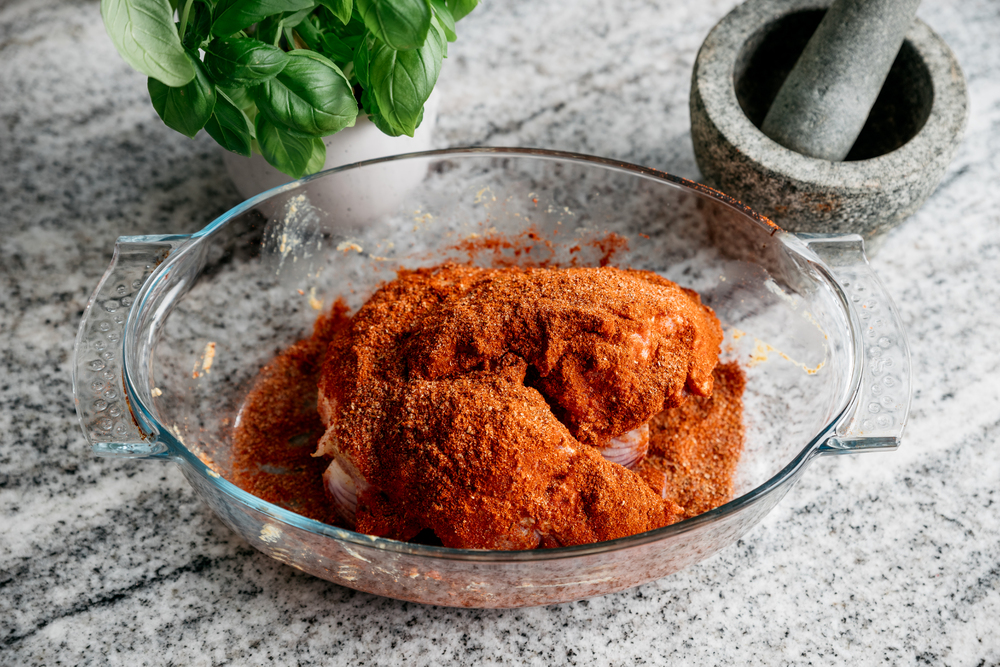
Skipping the marinade can result in bland meat, missing out on a chance to infuse it with flavor. Marinades not only add taste but also help tenderize the meat, making it more enjoyable to eat. Even a short marinating time can significantly enhance the flavor of your dish. Taking the extra time to marinate will pay off in the taste and texture of your meal.
This article originally appeared on RetailShout.
More From RetailShout
18 Decadent Desserts That Start With White Cake Mix

Sometimes, you just need a little help from a box of white cake mix to create something truly decadent. Whether you’re a seasoned baker or just looking for an easy dessert to create, these recipes are perfect for any occasion. Read More.
28 Tasty and Budget-Friendly Meals for Large Families
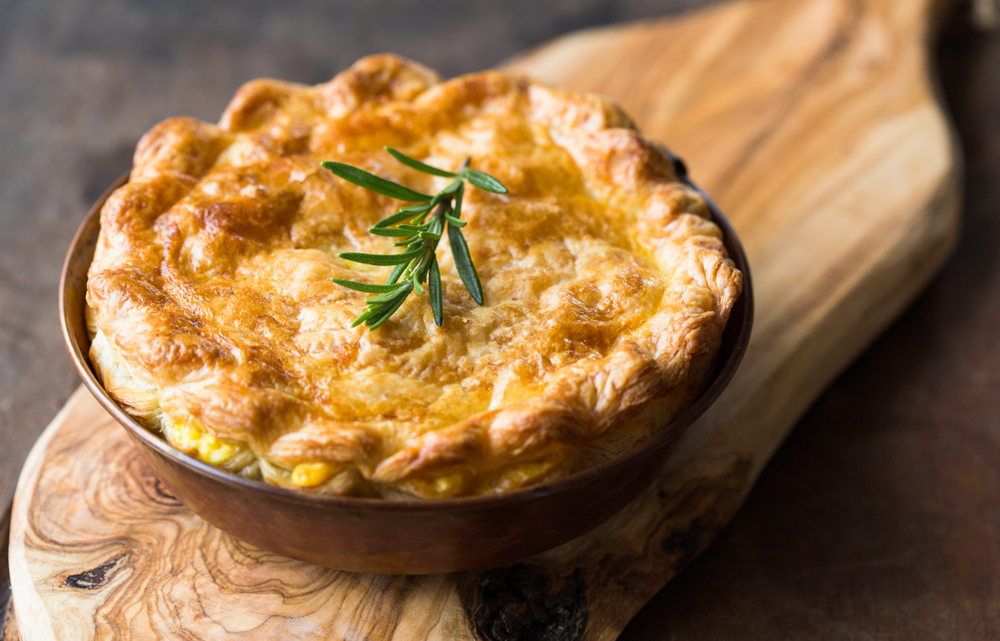
Feeding a large family on a budget can feel like a juggling act, but it doesn’t have to be stressful. With a bit of creativity and some smart planning, you can whip up delicious and affordable meals that everyone will love. Read More.
23 Healthy Freezer Meals to Make in Advance
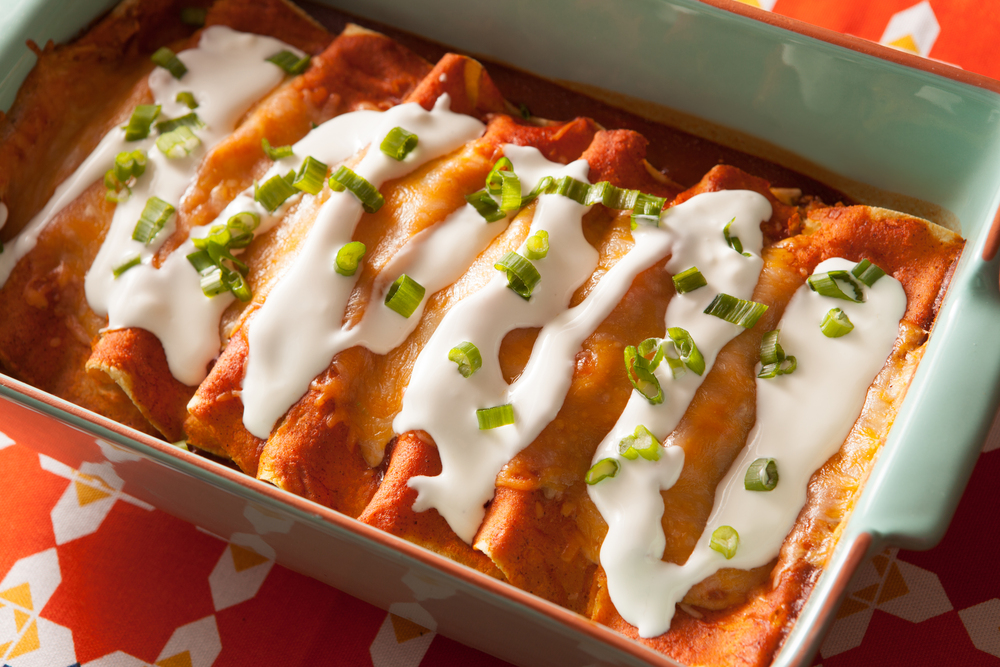
Planning ahead with healthy freezer meals is a great way to stay on track with your nutrition goals while saving time in the kitchen. These meals are easy to prepare and store, making them ideal for busy schedules. Read More.


